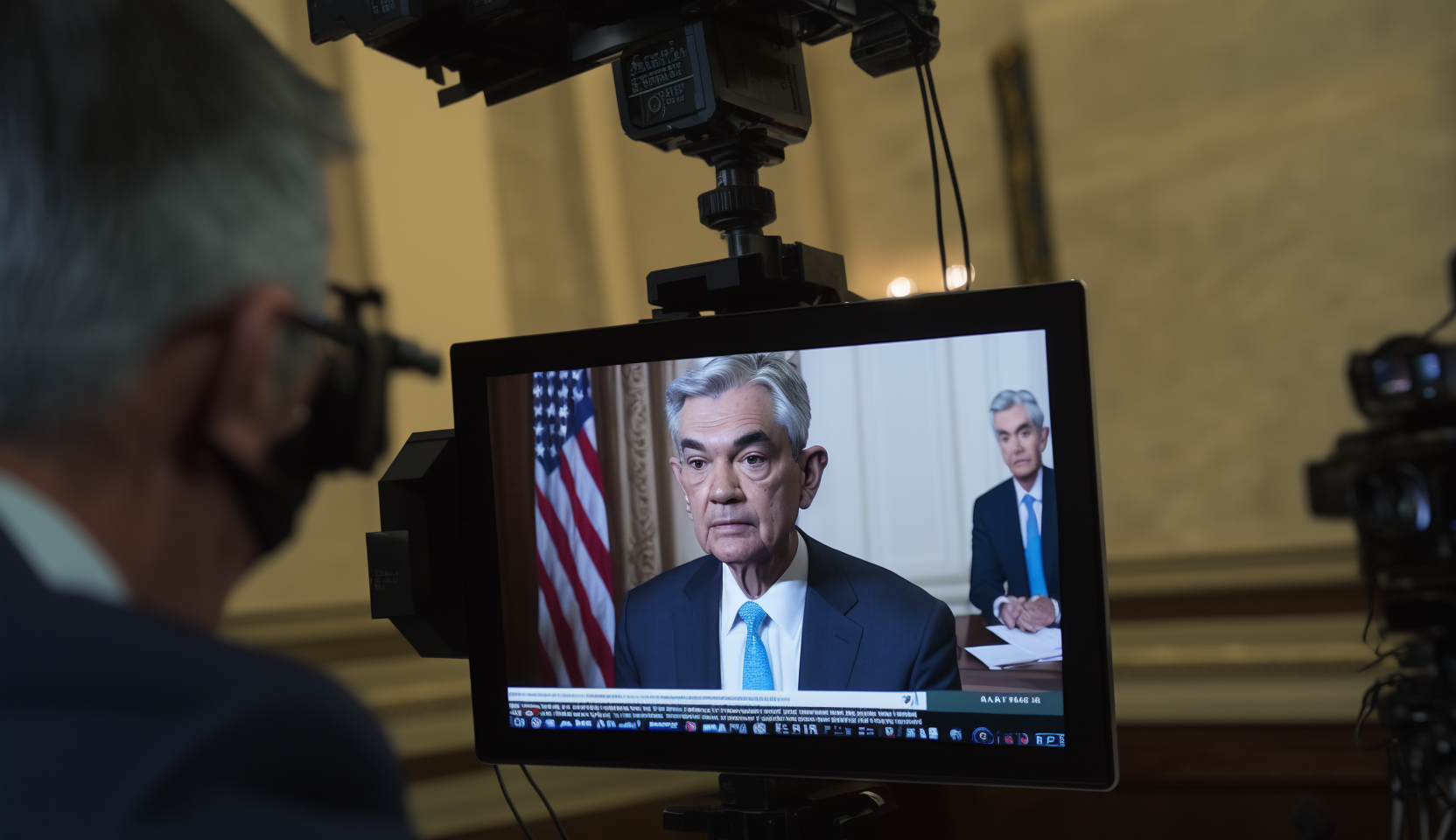The red-hot U.S. labor market is finally starting to feel the chill from the Federal Reserve’s aggressive interest rate hikes over the past year. April’s employment report revealed clear signs that robust hiring and rapid wage growth are cooling in a shift that could allow central bankers to eventually take their foot off the brake.
Employers scaled back hiring last month, adding just 175,000 workers to payrolls – the smallest increase since October and a notable deceleration from the blazing 269,000 average pace over the prior three months. The unemployment rate ticked higher to 3.9% as job losses spread across construction, leisure/hospitality and government roles.
Perhaps most crucially for the inflation fighters at the Fed, the growth in workers’ hourly earnings also downshifted. Wages rose just 0.2% from March and 3.9% from a year earlier, the slowest annual pace in nearly three years. A marked drop in aggregate weekly payrolls, reflecting weaker employment, hours worked and earnings, could presage a softening in consumer spending ahead.
“We’re finally seeing clear signs that the labor market pump is losing some vapor after getting supercharged last year,” said Ryan Sweet, chief economist at Oxford Economics. “The Fed’s rate hikes have been slow artillery, but they eventually found their target by making it more expensive for companies to borrow, hire and expand payrolls.”
For Federal Reserve Chair Jerome Powell and his colleagues, evidence that overheated labor conditions are defusing should be welcome news. Officials have been adamant that wage growth running north of 3.5% annually is incompatible with bringing inflation back down to their 2% target range. With the latest print under 4% alongside a higher jobless rate, some cooling appears underway.
Still, policymakers will want to see these trends continue and gain momentum over the next few months before considering any pause or pivot from their inflation-fighting campaign. Powell reiterated that allowing the labor market to re-rebalance after an unprecedented hiring frenzy likely requires further moderation in job and wage growth.
“This is just a first step in that process – we are not at a point where the committee could be confidence we are on the sustained downward path we need to see,” Powell said in a press conference after the Fed’s latest rate hold. “We don’t want just a temporary blip.”
Within the details, the latest report offered some signals that could extend the moderating momentum. Job losses spread across multiple interest rate-sensitive sectors, including housing-related construction roles. The number of temporary workers on payrolls declined for the first time since mid-2021.
And while the labor force participation rate was unchanged, the slice of Americans aged 25-54 who either have a job or are looking for one hit 83.5%, the highest since 2003. If that uptrend in prime-age engagement persists, it could help further restrain wage pressures by expanding labor supply.
Of course, the path ahead is unlikely to be smooth. Many companies are still struggling to recruit and retain talented workers in certain fields, which could keep wage pressures elevated in pockets of the economy. And any resilient consumer spending could stoke demand for labor down the line.
But for now, April’s figures suggest the much-anticipated pivot towards calmer labor market conditions may have finally arrived. The Fed will be watching closely to see if what has been a searing-hot job scene can transition to a more manageable lukewarm trend that realigns with its price stability goals. The first cracks in overheated labor demand are emerging.












